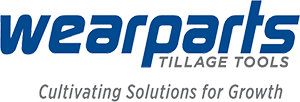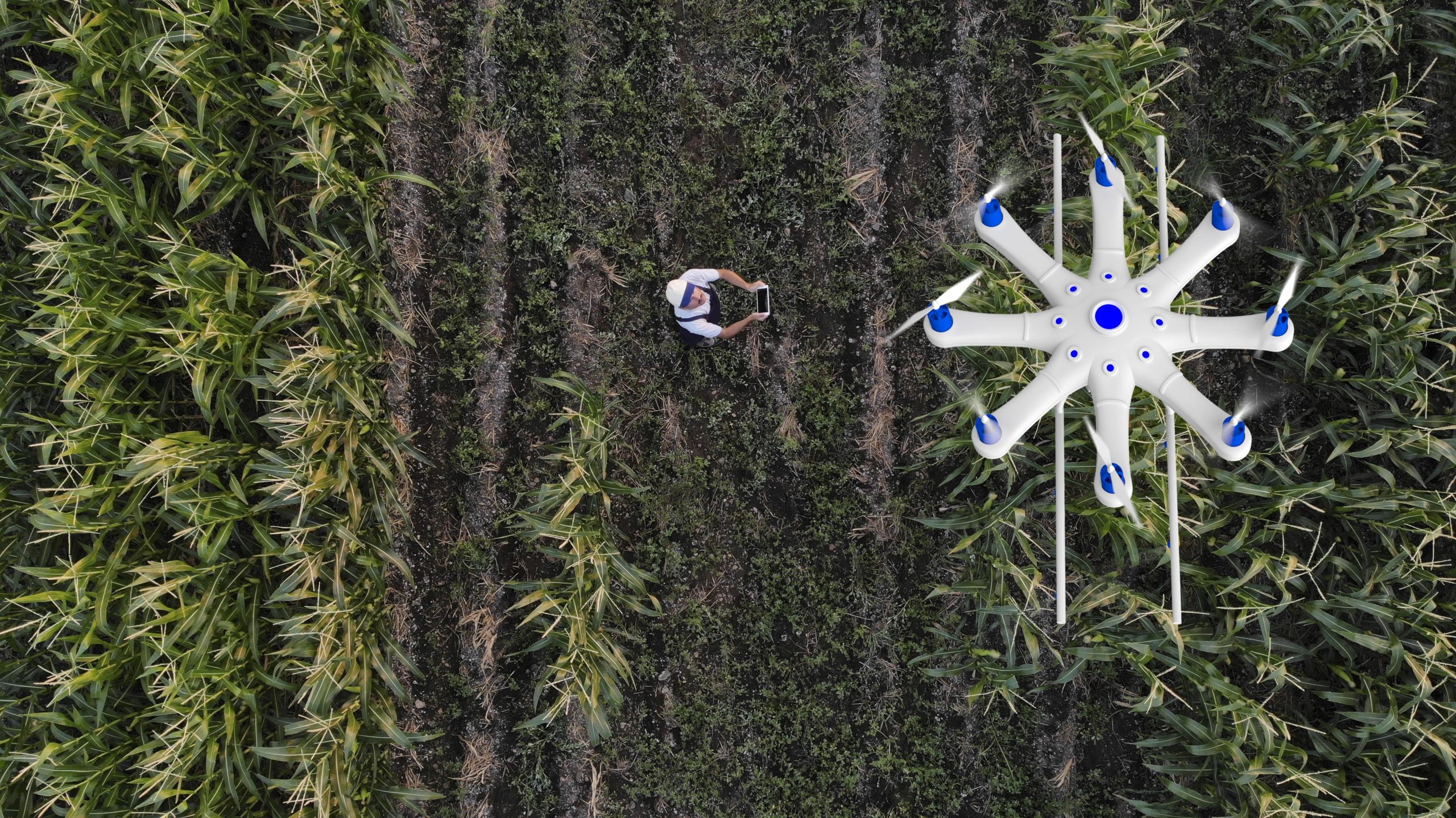With the global population expected to increase by 2.2 billion by 2050, it’s estimated that farmers worldwide will need to increase food production by 70% to meet additional demand – but without more land mass to accommodate this growth, the industry is looking to precision farming practices for a solution.
Precision agriculture involves the use of modern technology and data gathering to effectively micromanage farming operations, enabling farmers to respond in real-time to variations in terrain, climate, and soil quality as a means of increasing yields.
In this blog, we’ll look at some of the technology around precision agriculture practices, and why it’s vital farmers choose premium quality implements to ensure the best possible return on their tech investment.
What technologies are used for precision agriculture?
Precision agriculture leverages a range of different technologies in order to enhance the efficiency of farming operations, with the ultimate goal of increasing crop yields from the same amount of land. Here’s a look at some of the key components:
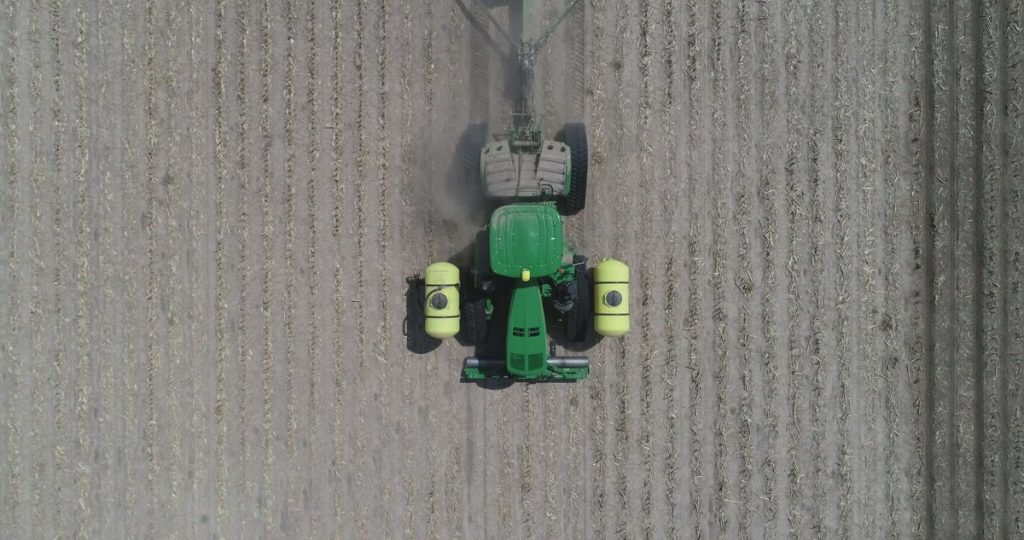
- Geolocation technology
Precision ag relies heavily on Global Positioning System (GPS) technology and Geographic Information Systems (GIS) which allow for precise mapping and analysis of variations in field conditions and soil quality. GPS is used for accurate positioning and navigation of farming equipment so farmers can respond to different conditions in different locations using onboard computers in the tractor cab – for example, they might adjust the amount of fertilizer being dispensed if they know an area of the field is particularly lacking in nutrients.
- Sensors and Monitors
Sensor technology can be used to monitor a wide range of environmental and soil conditions, including moisture levels, temperature, pH, and nutrient status. These sensors can be stationary in the field, handheld/manual, or mobile, attached to machinery or drones. They feed information back to a computer on the desktop or even directly to an onboard computer in the tractor cab.
- Variable Rate Technology (VRT)
VRT enables farmers to vary the rate of application of inputs such as water, fertilizers, and pesticides depending on the specific needs of each area as determined by sensor data. This helps to optimize resource use and minimize waste.
- Drones
Drones equipped with cameras or sensors can provide detailed aerial assessments that help farmers evaluate crop health and stand uniformity, as well as identifying pest and disease outbreaks. This ‘birds-eye view’ is vital for spotting potential problems before they take hold, and also for understanding what’s working and what isn’t in your precision ag strategy for future reference and iteration.
- Analytics Software
Sensors, drones, and other technologies are capable of collecting large amounts of insightful data that can help farmers unlock hidden potential in their farmland and farming practices – but first, they have to be able to analyze that data. Specific software programs exist that make this process simple and quick for busy farmers – they can predict crop yields, suggest optimal planting times, tell farmers when to fertilize or irrigate, and more.
- Automated and Robotic Equipment
Farmers are increasingly turning to automated processes to help save them time and labor costs. This includes self-driving tractors, robotic harvesters, and automated irrigation systems. These technologies can leverage the power of data to make farms more productive too.
- Precision Seeding Technology
Controls downforce, metering, seed depth & placement in order to achieve uniform emergence and maximum crop productivity
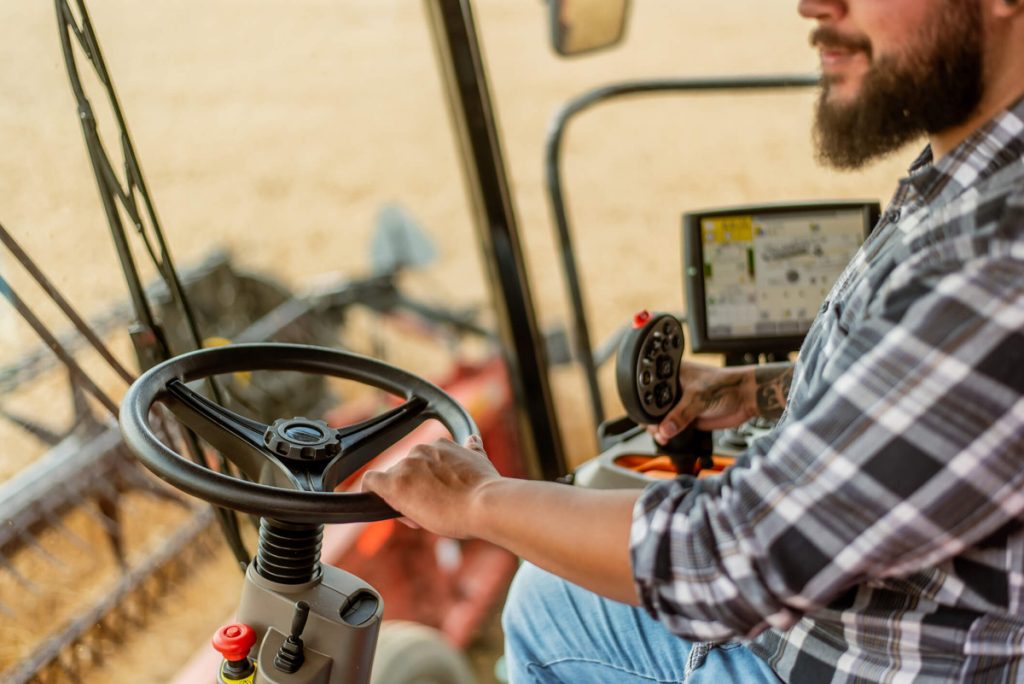
Are there drawbacks to precision agriculture?
Precision ag is at its most effective when all of the technologies mentioned above work together in harmony to empower farmers with knowledge, and the ability to act on it in the field.
However, one of the biggest drawbacks is the cost of investing in and implementing precision ag technology. For this reason, it is predominantly used by large-scale private and commercial farms with the financial resources to spend, and the most potential to gain.
With that said, smaller-scale farmers with smaller budgets can still benefit from the more affordable aspects of precision agriculture – for instance, many farms now use drone technology to monitor crop health, and the majority already have sensor technology and analytics software fitted as standard in their tractor cabs, to maximize efficiency in tillage and planting operations.
There is also now a rental market for precision ag technology, opening the door for growers to avail of the benefits without a huge capital investment.
Essential tools for precision agriculture
It goes without saying that all the sensors, computers, and automation in the world won’t make your farming practices more precise if you’re running sub-standard tillage and planting implements.
We can’t stress enough how vital it is, especially during planting time, to select disc openers, gauge wheels, and other components that can offer accurate, consistent performance for an extended period of time – otherwise, all the efficiency you gain from technology will potentially be lost to downtime, uneven seed placement, inconsistent input application and a multitude of other operational factors.
Here’s a look at some of the specific ways Wearparts components can support the objectives of precision agriculture:
Ultra-precise seed openers
Seed openers have one vitally important job when it comes to precision planting – opening a clean, straight, and consistently v-shaped trench for the seed to drop into.
When the trench is precise, the seed will always fall into the bottom, which ensures optimal planting depth. If the trench varies in depth, if it wobbles from side to side, or if it’s contaminated with loose soil or residue, there is a real risk the seed will not land at the optimal depth, or that air pockets can form around it when the trench is closed. This in turn can lead to seeds rotting, slow germination, or failure to emerge at all.
For the seed opener to create a perfect trench it must have a perfectly consistent ‘pinch point’ where the two blades meet. We test 100% of our seed opener assemblies to ensure they meet our industry-leading standards on wobble and lope.
As a result, every blade that leaves our factory delivers a consistently accurate pinch point, with minimal need for extra shimming or adjustments. Not only that, our seed openers undergo a patented heat treatment process to enhance their sharpness and longevity, even in tough soil conditions.
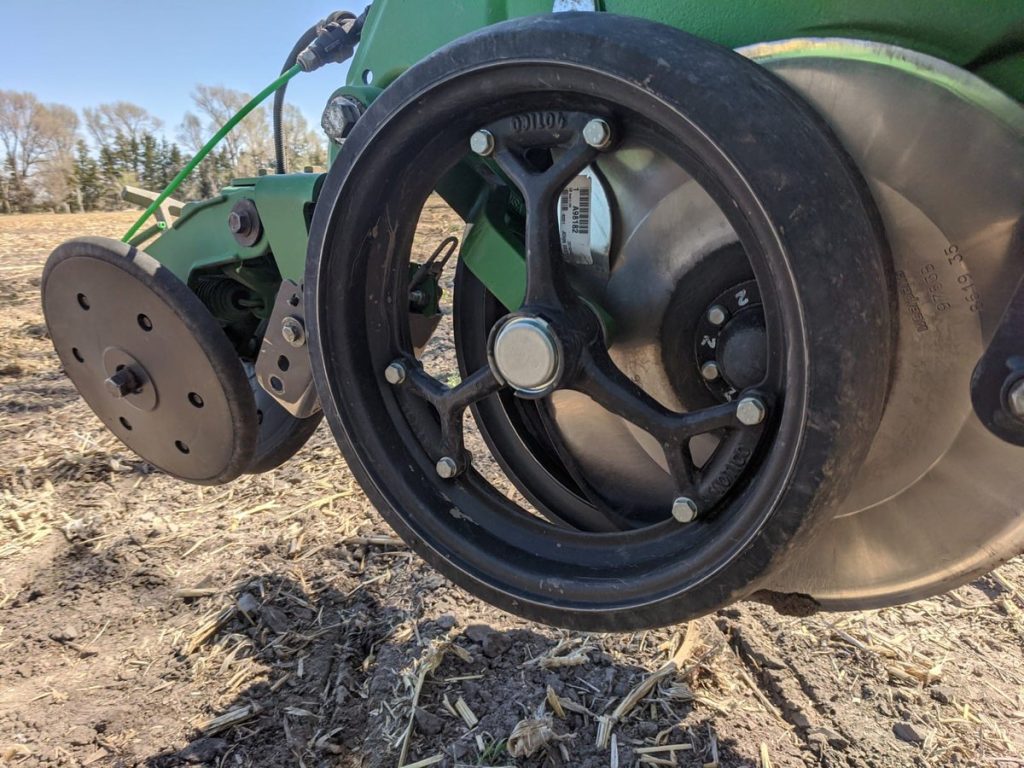
Premium gauge wheels
Gauge wheels are the unsung heroes of planting season and absolutely vital for giving advanced machinery and software the physical tools to optimize performance. As well as ensuring adequate, consistent seed depth, gauge wheels play an important role in trench stability and overall soil structure – read more about how our gauge wheels help farmers to plant more efficiently while preventing soil compaction.
Long-life tillage tools
You might think that precision agriculture doesn’t really apply to tillage operations – but you’d be wrong. Increasingly, farmers employing precision ag practices are looking to apply the principles of variable rate to their tillage operations as well, using tech to vary the depth, angle and intensity of tillage tools on the go.
It’s not hard to see how the time this saves could be easily eaten up if your disc blades, sweeps or other tillage tools are wearing out quickly and needing to be replaced every few thousand acres.
That’s why we innovate to ensure Wearparts tillage tools are among the toughest in the business, with a spec equal to or exceeding the leading OEM. We also offer custom hard-facing on selected ground-engaging components to make them last longer, even in compacted, rocky or abrasive soils.
Advanced fertilizer knives
Fertilizer application is a key input for farmers looking to maximize yields and in precision ag systems, the preference is usually to apply liquid or anhydrous fertilizers right at the point of need, i.e. under the soil as opposed to on the surface. This has a number of benefits in that it prevents runoff and subsequent contamination of waterways while making nutrients directly available to the root systems of newly germinated seedlings.
Wearparts offers fertilizer knives to suit just about every toolbar, terrain and fertilizer type, and our products are specifically engineered to deliver precision application acre after acre, working in tandem with sensor and automation technology to make sure the optimal amount of fertilizer is delivered to the optimal depth, every time.
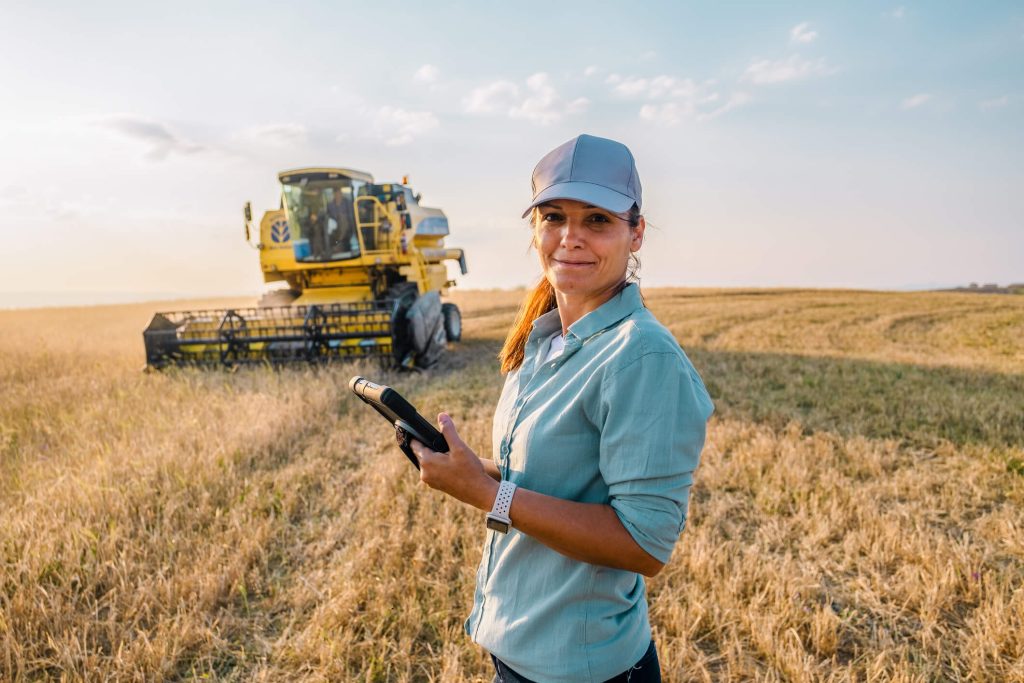
The future of precision farming
There’s little doubt that precision agriculture technology will continue to evolve, with the potential for more automated and robotic technology in particular offering farmers the opportunity to reduce labor costs, thus making farms more productive AND more profitable.
Whatever the future holds, however, it’s unlikely we’ll see significant changes to the mechanical processes farmers currently use to prepare for, plant, nurture and harvest their crops.
With global OEMs like John Deere leading the way on the tech side, at Wearparts we’re committed to supporting farmers in a more practical way, through a commitment to quality, reliable components that offer superb compatibility with pioneering OEM technology while enhancing farming outcomes through increased precision and extended wear life.
Get in touch to learn more about our precision-engineered farming implements or find your nearest dealer here.
